
8 minute read
The IUPAC100 Global Women’s Breakfast
Empowering Women in Chemistry
by Mary Garson and Laura McConnell
On February 12, 2019, women chemists from over 50 different countries shared breakfast. They were taking part in the international networking event Empowering Women in Chemistry, an activity to celebrate the centenary of IUPAC. Women have made enormous contributions to the advancement of chemistry over the last 100 years, including as winners of Nobel prizes and many other major international awards, but they rarely take time to celebrate these achievements.
Worldwide there were over 200 breakfasts, with more than five thousand women involved, almost certainly making it the largest “virtual” gathering of women chemists worldwide. A global breakfast map was created which illustrated the location of each registered breakfast with contact information for the organizers. Many of the organizers created beautiful fl yers with original artwork to help promote their events. The first events were held at 7AM local time in New Zealand, with Wellington and Palmerston sharing the honour of initiating the breakfast events. In her role as global co-convenor, Mary Garson skyped the Wellington breakfast from her Brisbane base to acknowledge their significant role. The final breakfast was launched in Hawaii 22 hours later. Dunedin, New Zealand, and Gothenburg, Sweden, hosted the most southerly and northerly breakfasts, respectively. A collection of videos, photos, and tweets from the event are available at the IUPAC100 website.
Breakfast Programs

Breakfasts were held in over 50 countries (in red) across the globe. They started at 7am local time in New Zealand and cascaded around the world, with the last event beginning in Hawaii
A major aim of the IUPAC100 celebrations has been to encourage chemists to network. Breakfast organizers were invited to reach out and connect with another breakfast as a way to broaden their networks. Individual breakfast meetings announced the opening and closing of their event by posting a short video to Twitter or Instagram with the hashtags #IUPAC100 and #globalbreakfast. A global map displaying the locations of individual breakfasts was hosted on the IUPAC100 website, and as groups announced themselves, blue circle placeholders corresponding to their locations were converted into red hearts; it was after all only two days before Valentine’s Day! In this way, a virtual ‘handwave’ was created that travelled around the globe.
As the celebration progressed, groups were able to find out about the activities that had taken place in other cities. The Twitter message feed shared photo images and short videos in real time, and also presented an opportunity for those who could not join in directly to connect to the event. In particular, the final breakfast in Hawaii was identified on Twitter, and recognised by an email exchange between Margaret Baker (Hawaii), Joanne Harvey (Wellington) and Mary Garson (Brisbane), thereby completing a global handwave link.
Breakfasts were held in over 50 countries (in red) across the globe. They started at 7am local time in New Zealand and cascaded around the world, with the last event beginning in Hawaii
A collection of Global Women’s Breakfast flyers created by groups around the world. (see https://iupac.org/100/global-breakfast/ for details)
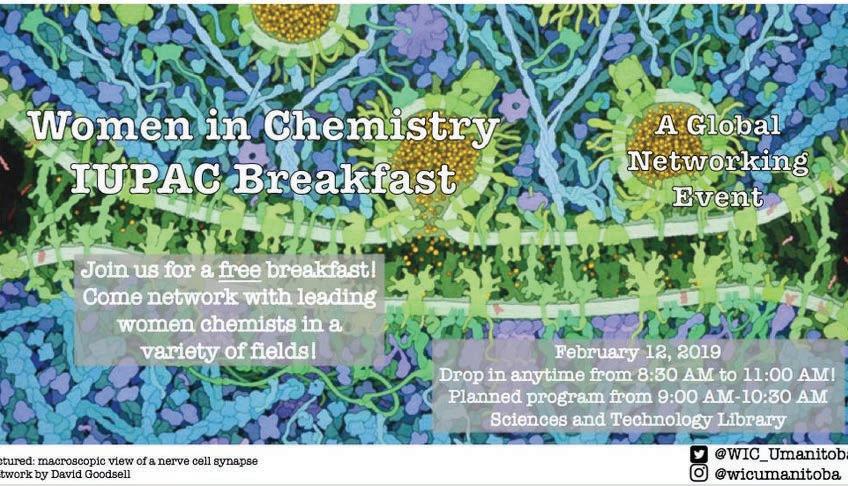
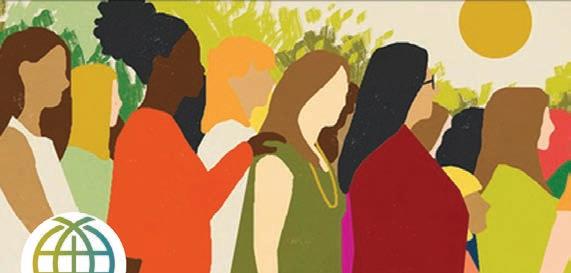

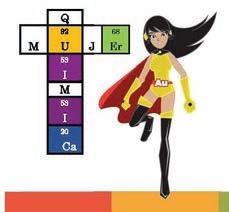
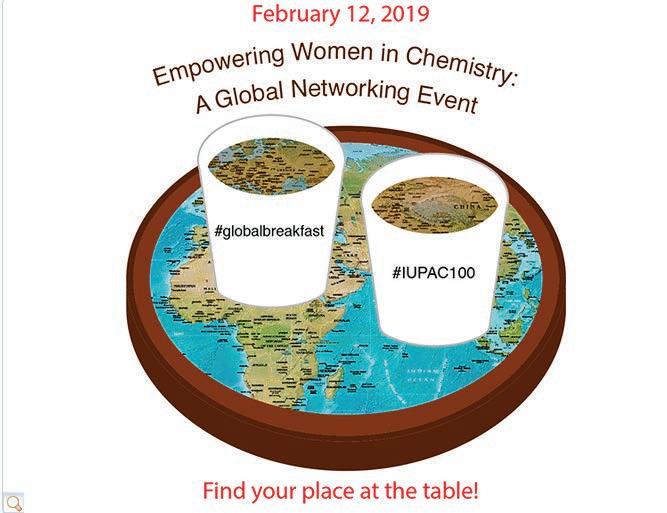
Individual breakfast groups were encouraged to bring their own creative ideas to designing their individual event. In Australia, Macquarie University encouraged their participants to prepare a poster about an inspirational woman fi gure. At the University of Calgary in Canada, attendees were invited to build a duck from Lego® pieces. The result was a room full of ducks that looked very dif erent from one another, something that Associate Professor Belinda Heyne of ered as a testament to the importance of diversity in science and society.

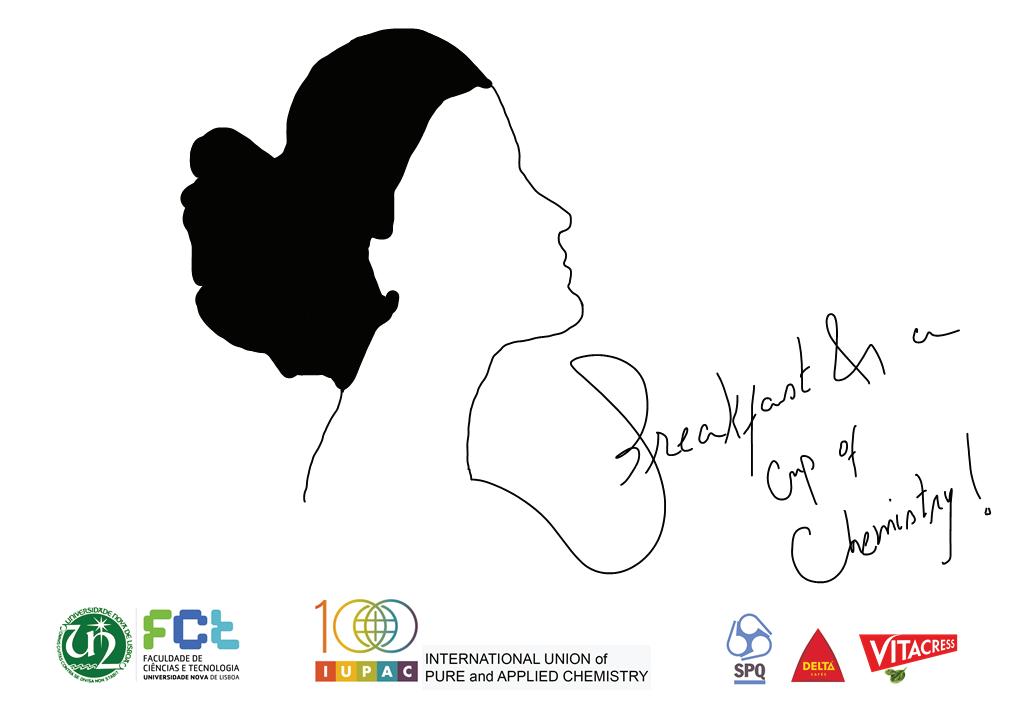
The Clarkson University (Potsdam, New York, USA) group undertook a team building activity involving buckminsterfullerene models. In Korea, following breakfast, there was a technical session in which female speakers spoke about their research. Some breakfasts were able to attract sponsorship and provide prizes or takeaway “goodie” bags. Catering was equally creative; individual cupcakes iced with the symbols of individual chemical element, sponge cakes with Periodic table designs (celebrating IYPT2019). Breakfasts in Germany and Italy celebrated in great style with prosecco and fruit juice.
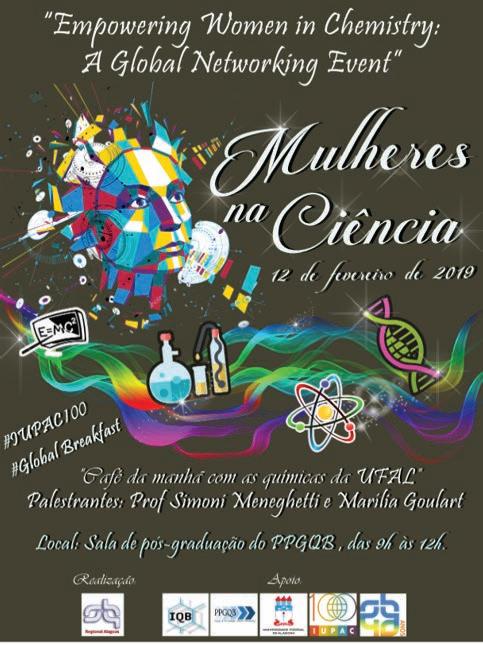
Scope and Opportunity
Although every country arranged their events to suit the needs of their own local audience, it was envisaged that a focal point for individual breakfasts would be to explore career progression for women chemists. A set of questions compiled for use at the December 2018 inaugural Women in Organic Chemistry symposium of RACI were shared with individual breakfast organisers worldwide to assist them in constructing panel discussions or question and answer sessions. Two webinars were made available, one with Dr Raychelle Burks (St Edwards University, Texas, USA) explored the use of social media to expand career networks, while a second webinar was of a conversation with Kate Jolliffe (University of Sydney) in which Mary Garson (University of Queensland) asked her about her career history and her tips on career advancement.
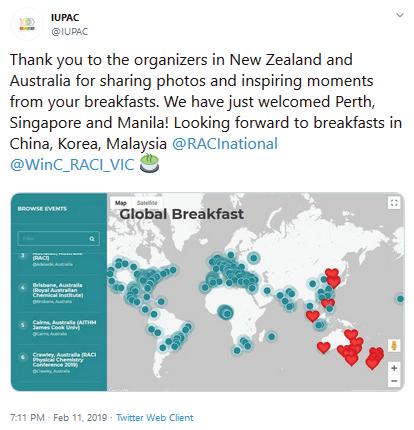
IUPAC Twitter Feed during the Global Women’s Breakfast from the early breakfasts in New Zealand through the final breakfast in Hawaii.


An editorial in the Journal of Chemical Education (2019, 96, 1-2; https://doi.org/10.1021/acs. jchemed.8b01029) by Marcy Towns neatly explained the benefits of joining in one of these global breakfast events. She summarised research on the benefits of networking for persistence within the STEM fi eld, and gave insight into how a mentoring experience had been beneficial in her own career development.
Outcomes
Once the Global Breakfast Day was completed, individual breakfasts submitted video footage and photo images, and these are archived on the IUPAC website for use in preparing reports and promotional materials such as videos. From the many messages received since the event, it was clear that there has been a genuine mood of togetherness. A big factor that contributed to the success of the event, and the ease of communication between different events, was the interactive website set up by IUPAC.
Our aim has been that the enthusiasm and interest generated by the event will translate into ongoing support for IUPAC, as this global organisation reviews its developing role as an umbrella organisation prioritizing diversity and inclusiveness. An important outcome is the reminder to women chemists that they should step up and take a role in their own professional societies; the leadership opportunities that are created by working on professional society business are worthwhile since they are so often beneficial to career development.

Participants pose for a picture at the Chemistry Department, UII, Yogjakarta, Indonesia.
By coming together, participants gained exposure to new role models or research, industrial and educational contacts, thereby expanding their own individual networks.
Memorable Quotes

articipants pose for a picture at the Instituto Superior de Engenharia do Porto, Porto, Portugal.
Acknowledgements
We thank Eduardo Gallo-Cajiao (The University of Queensland) for his assistance with registration and the website, and Lynn Soby (Executive Director, IUPAC) for her inputs in facilitating the event and on February 12 with converting placeholders to red hearts. Staff at TheeDigital, including Keri Giordano and Gabrielle Tardive, prepared the website in consultation with IUPAC staff.
Mary Garson is a Professor of Chemistry at The University of Queensland, Brisbane, and an elected member of the IUPAC Bureau. Laura McConnell, a Principal Scientist at Bayer Crop Science in St. Louis, Missouri USA working in the area of Regulatory Scientific Affairs, was in 2019 the Chair of the US National Committee for IUPAC. Mary and Laura co-chaired the Management Committee overseeing arrangements for the celebration of the centenary of IUPAC.
CITE: Garson, M., & McConnell, L. (2020). The IUPAC100 Global Women’s Breakfast Empowering Women in Chemistry, Chemistry International, 42(1), 22-25; https://doi.org/10.1515/ci-2020-0107






